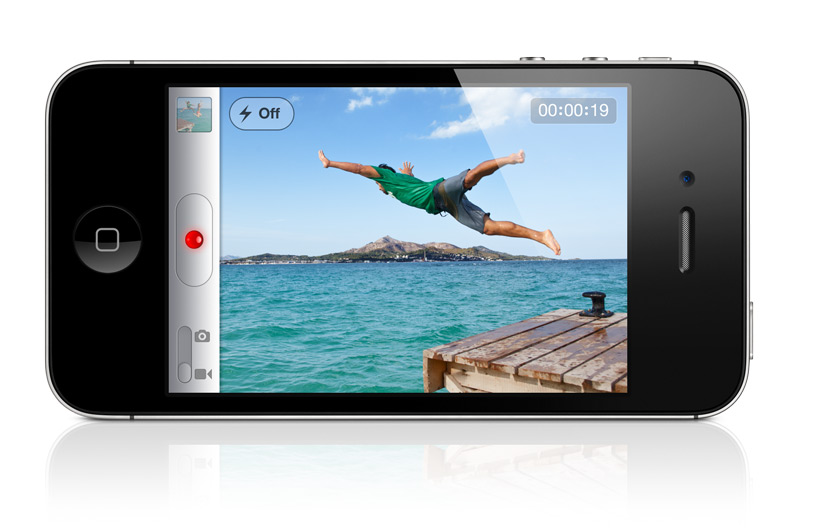Today’s question came from a busy professional regarding working with contractors.
What are your best tips for collaborating with team members who are available only on a part-time basis or who work remotely? Please share concrete tactics instead of tools.
One of the best tips is to explicitly state your expectations with any contractor, consultant and remote workers. This can be in the form of a contract, an understanding of service, and even your employee Personal Business Commitment (PBC) in which your performance is evaluated against.
Simple Transparency
Understanding how your contractor or consultant works best will alleviate lots of problems and miscommunications.
Examples
- You have hired Kelley as a part-time contractor. You are frustrated with Kelley because he hasn’t responded to any of your Monday emails. Unbeknownst to you, Kelley has scheduled his hours on Tuesday and Thursday for your company; and Monday, Wednesday and Friday with his other contract. If you had taken the time to understand which hours/days Kelley was devoting to your company, you would have avoided this problem.
- On Mondays/Wednesdays/Fridays, Kelley works from a different computer and with different email addresses. Kelley’s preferred method of communication is via mobile-text. This way he can easily communicate with you, even if he is on the other job. If you had known this upfront, you could have easily mobile-text Kelley that you just sent him some information via email.
Quick Checklist
These are some of the things you need to discuss with your contractor, consultant or remote employees:
- Hours they are working
- How much work (and what type of work) will be completed in those time periods (i.e. their project schedule)
- How best to reach them in an urgent situation; in a normal situation; or just for status
- What staff/status meetings they will be attending
- How they are going to report their status
- What is going to be included in their status report
- What their delivery deadlines and quality requirements upon delivery
- How quickly do you expect them to respond to your requests
- What happens when they do not meet these expectations
The bottom line is to outline everything that you feel is important to you, and understand (up front) how your team is going to accomplish those items. Get it in writing AND include the consequences of not meeting the agreement.
For example – if they do not meet the agreed upon schedule:
- Do you intend to dock their pay?
- Do they complete the assignment without additional pay?
- Are they placed on a PIP (Performance Improvement Plan or probation period)?
I know your situation is different. Why don’t we schedule an appointment, where I get to know more about your unique situation? And then I will be happy to make recommendations on what your best steps are moving forward. To schedule an appointment, book it HERE.


 One easily attainable marketing tool are video testimonials. If you are already giving a talk, it’s easy to take advantage of the excitement and enthusiasm that your audience is feeling right after your presentation. If you wait until they leave and are back into their daily activities – it’s going to be harder to get them to refer or comment on that event. Don’t miss that opportunity to get that genuine reaction and excitement for your genius.
One easily attainable marketing tool are video testimonials. If you are already giving a talk, it’s easy to take advantage of the excitement and enthusiasm that your audience is feeling right after your presentation. If you wait until they leave and are back into their daily activities – it’s going to be harder to get them to refer or comment on that event. Don’t miss that opportunity to get that genuine reaction and excitement for your genius.